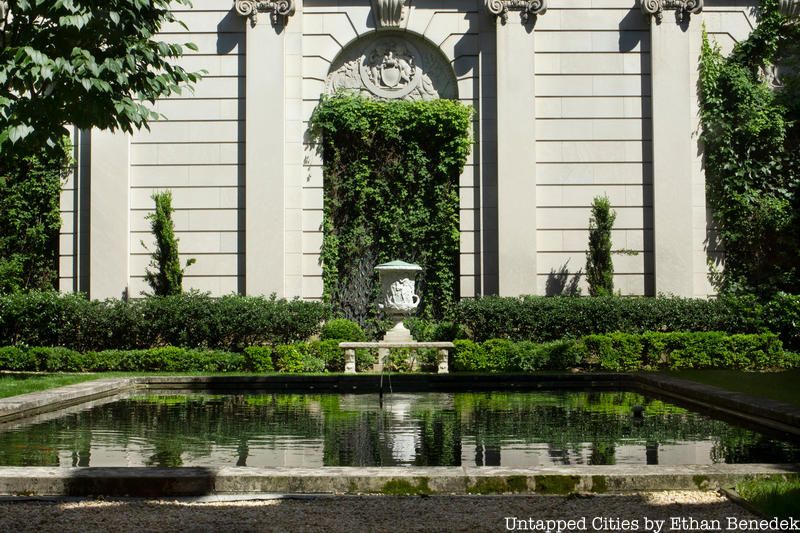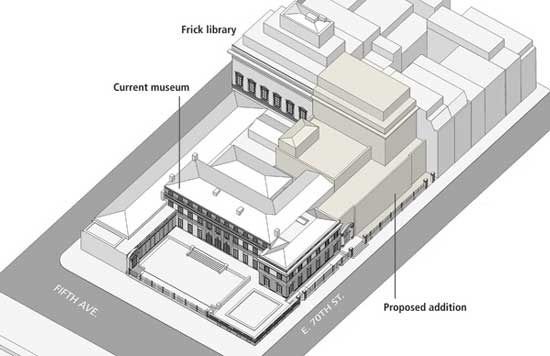The Berkshires Bowling Alley that Inspired "The Big Lebowski"
It’s been 36 years since the release of The Big Lebowski, the irreverent cult comedy by Joel and Ethan



Last June, The Frick Collection announced its plans to build a new six-story addition to its 1913 building that houses the extensive art and sculpture collection of gilded-age robber baron Henry Clay Frick. The addition is in response to the museum’s growing foot traffic, which has increased by 37% over the last 5 years, with approximately 320,000 visitors last year alone.
With a limestone facade, the new addition will mimic the museum’s current appearance, but on a much bigger scale. The 40,000 square feet made available will allow for several changes, including a bigger reception hall, a new below-ground auditorium and education center, and a passageway that will link visitors to the museum’s reference library. The second floor of the museum will also be opened for more intimate galleries that will be used to showcase drawings, small sculptures, and furniture for which the museum currently does not have capacity.
However, the proposed addition would replaced a viewing garden and the Reception Hall Pavilion designed by British landscape designer Russell Page in 1977. The Frick claims that in 1972, a proposed addition for the museum was unable to be completed because of lack of funds, and the pavilion and garden were put in as “temporary” additions until funds allowed for the expansion.
But many have contested this claim that the garden and pavilion are vital parts of the museum under its city, state, and national-landmark status. The group Unite to Save the Frick have gathered more than 2,000 signatures on change.org demanding that the “short-sighted” plan be withdrawn. Supporters of the group include big names such as the American Horticultural Society, the Historic Districts Council, and even Everett Fahy, the Frick’s former director from 1973 to 1986. According to Charles A Birnbaum, President of the Cultural Landscape Foundation, one of the main arguments against the expansion is a press release from 1977, in which the Frick Collection announced that the “small one-story pavilion and…permanent garden” were to be designated as permanent structures of the museum.

Image via The Frick Collection
The ultimate decision stands with the city’s Landmarks Preservation Commission, which will consider the expansion proposal next year. Public hearings will begin in 2015, and to stay in the loop go to the websiteUnite to Save the Frick.
The Frick has always stood out as different from the larger museums on Manhattan’s Museum Mile in the intimate experience it offers visitors. If the expansion is approved, will that uniqueness be lost? For many, the expansion echoes other contested museum plans like at The Museum of Modern Art which sacrificed The Folk Art Museum.
Do you support or oppose the Frick’s plans? Let us know by contacting Anna Brown at her Twitter handle @brooklynbonanza.
For more museum gems, check out our 13 Historic Houses Converted into Museums in Manhattan.
Subscribe to our newsletter